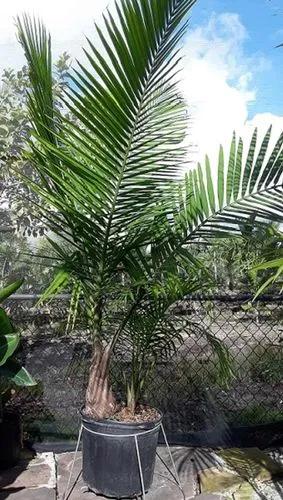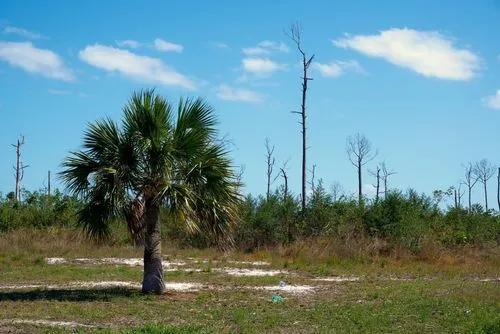Populus alba, commonly called silver poplar, silverleaf poplar, or white poplar, is a species of poplar, most closely related to the aspens (Populus sect. Populus). It is native to Morocco and then Spain through central Europe (north to Germany and Poland) to central Asia. It grows in moist sites, often by watersides, in regions with hot summers and cold to mild winters.
White poplar requires abundant light and ample moisture, and stands up well to flood water and slightly acidic soils. Its green-and-white leaves make it an effective ornamental tree, but the root suckers may cause problems in some situations. It is very attractive as an open-grown tree in water meadows, and because of its extensive root system and tolerance of salt, is also planted to strengthen coastal sand dunes.
The majority of white poplars in cultivation in northern Europe are female trees.
It is a medium-sized deciduous tree, growing to heights of up to 15–30 m (49–98 ft) (rarely more), with a trunk up to 2 m (6.6 ft) in diameter and a broad, rounded crown. The bark is smooth and greenish-white to greyish-white with characteristic diamond-shaped dark marks on young trees, becoming blackish and fissured at the base of old trees.
The young shoots are covered with whitish-grey down, including the small buds. The leaves are 4–15 cm (1 1⁄2–6 in) long, five-lobed, with a thick covering of white scurfy down on both sides, but thicker underneath; this layer wears off 8 cm (3 1⁄4 in) long, produced in early spring; they are dioecious, with male and female catkins on separate trees; the male catkins are grey with conspicuous dark red stamens, the female catkins are greyish-green. The female catkins lengthen to 8–10 cm (3 1⁄4–4 in) after pollination, with several green seed capsules, maturing in late spring to early summer. It also propagates by means of root suckers growing from the lateral roots, often as far as 20–30 m (65–100 ft) from the trunk, to form extensive clonal colonies.










